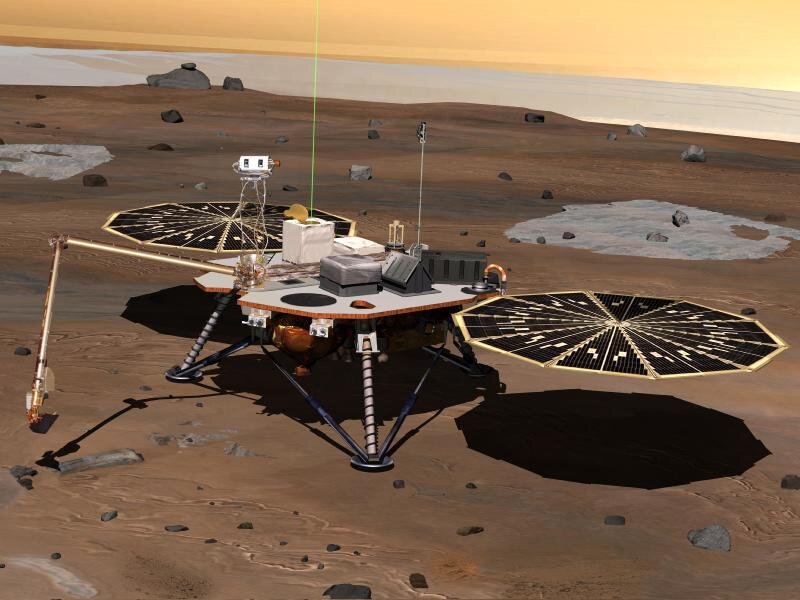NASA wants you to design the next big thing in aerospace technology
Loading...
NASA wants to expand its study of the universe, particularly human exploration of Mars, and it wants your help.
The Early Stage Innovations team at NASA is looking for proposals from American universities for technology that would benefit NASA's space program and the wider aerospace community.
Approximately 12 research teams will receive $500,000 in grant money toward researching and developing their product over the next two to three years.
"We are looking for innovative ideas where top researchers from US universities can help solve the toughest space technology challenges as we look to begin our journey to pioneer our solar system," said Steve Jurczyk, associate administrator for the Space Technology Mission Directorate at NASA Headquarters in Washington D.C. "The areas of focus we selected align with our Space Technology Roadmaps, which reflect the National Research Council's review of these roadmaps."
Contestants are encouraged to be creative and consider technology related to a variety of different fields, including material science, repair and reconfiguration, and computationally guided structural nanomaterials design. While NASA’s directions are vague, the space agency seems to be particularly interested in planetary exploration technology, specifically suggesting “robotic mobility technologies for the surfaces of icy moons.”
Despite being a monolithic and centralized organization, NASA has launched a number of successful challenges and crowdsourcing efforts in the past.
“These activities offer several unique benefits and can result in a variety of valuable outcomes ranging from NASA’s own immediate use of the solutions, to the development of new viable aerospace industry vendors, to the commercialization of new products,” NASA wrote in a press release in September.
Earlier this month, the space agency launched its Journey to Mars Challenge, which called on the public to submit proposals for technology that would help keep humans safe on Mars while reducing reliance on resupplies from Earth.
In this competition, accredited US universities can submit proposals to Early Stage Innovations. Notices of intent to submit proposals are due June 12 and the deadline for submitting final proposals is July 10. Winners will be selected this fall.








